1. Denial-of-service (DoS) and distributed denial-of-service (DDoS) attacks
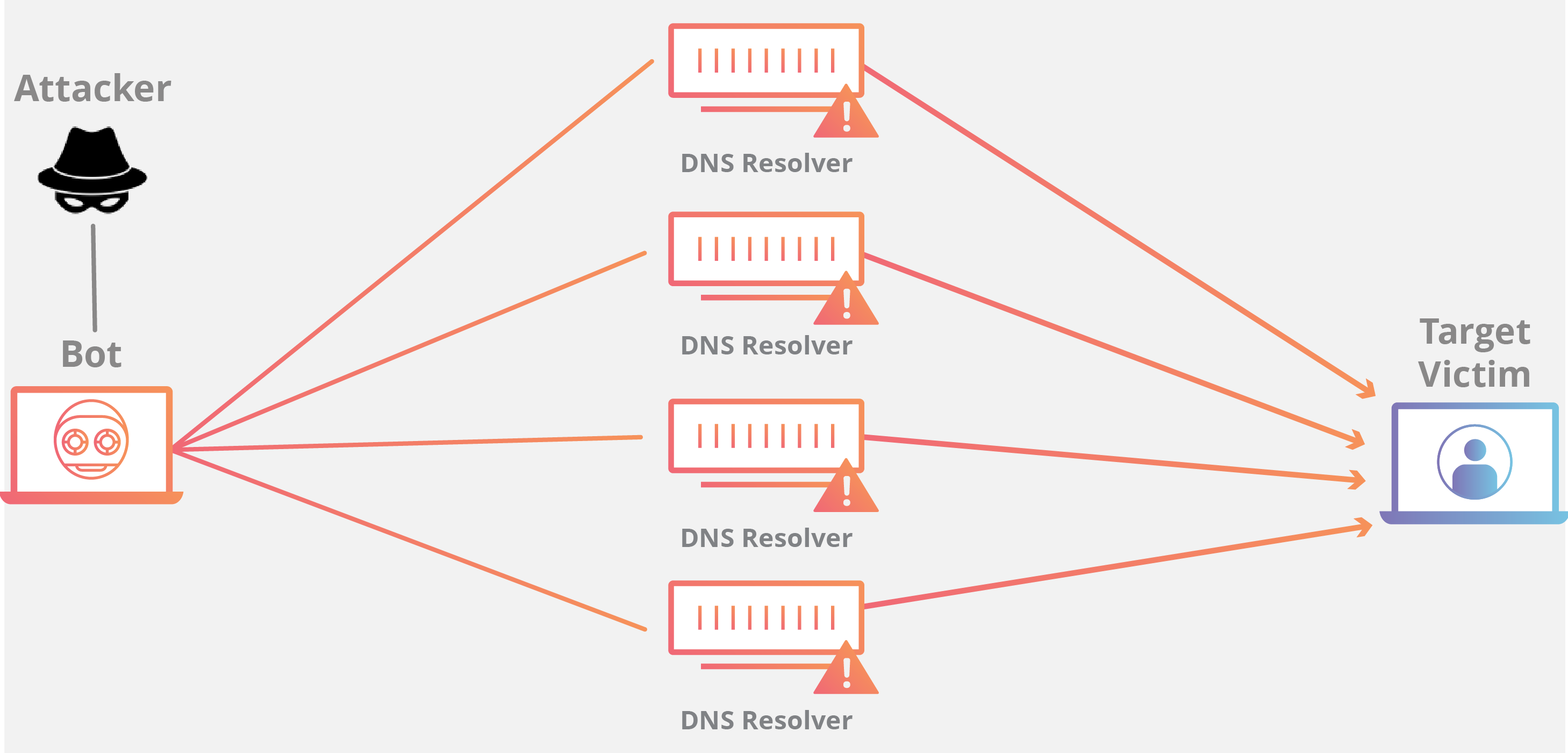
A denial-of-service attack overwhelms a system’s resources so that it cannot respond to service requests. A DDoS attack is also an attack on system’s resources, but it is launched from a large number of other host machines that are infected by malicious software controlled by the attacker.
Unlike attacks that are designed to enable the attacker to gain or increase access, denial-of-service doesn’t provide direct benefits for attackers. For some of them, it’s enough to have the satisfaction of service denial. However, if the attacked resource belongs to a business competitor, then the benefit to the attacker may be real enough. Another purpose of a DoS attack can be to take a system offline so that a different kind of attack can be launched. One common example is session hijacking, which I’ll describe later.
There are different types of DoS and DDoS attacks; the most common are TCP SYN flood attack, teardrop attack, smurf attack, ping-of-death attack and botnets.
2. Man-in-the-middle (MitM) attack

A MitM attack occurs when a hacker inserts itself between the communications of a client and a server. In the following type of MitM attack, an attacker hijacks a session between a trusted client and network server. The attacking computer substitutes its IP address for the trusted client while the server continues the session, believing it is communicating with the client. For instance, the attack might unfold like this:
3. Phishing and spear phishing attacks

Phishing attack is the practice of sending emails that appear to be from trusted sources with the goal of gaining personal information or influencing users to do something. It combines social engineering and technical trickery. It could involve an attachment to an email that loads malware onto your computer. It could also be a link to an illegitimate website that can trick you into downloading malware or handing over your personal information.
Spear phishing is a very targeted type of phishing activity. Attackers take the time to conduct research into targets and create messages that are personal and relevant. Because of this, spear phishing can be very hard to identify and even harder to defend against. One of the simplest ways that a hacker can conduct a spear phishing attack is email spoofing, which is when the information in the “From” section of the email is falsified, making it appear as if it is coming from someone you know, such as your management or your partner company. Another technique that scammers use to add credibility to their story is website cloning — they copy legitimate websites to fool you into entering personally identifiable information (PII) or login credentials.
4. Drive-by attack

Drive-by download attacks are a common method of spreading malware. Hackers look for insecure websites and plant a malicious script into HTTP or PHP code on one of the pages. This script might install malware directly onto the computer of someone who visits the site, or it might re-direct the victim to a site controlled by the hackers. Drive-by downloads can happen when visiting a website or viewing an email message or a pop-up window. Unlike many other types of cyber security attacks, a drive-by doesn’t rely on a user to do anything to actively enable the attack — you don’t have to click a download button or open a malicious email attachment to become infected. A drive-by download can take advantage of an app, operating system or web browser that contains security flaws due to unsuccessful updates or lack of updates.
5. Password attack
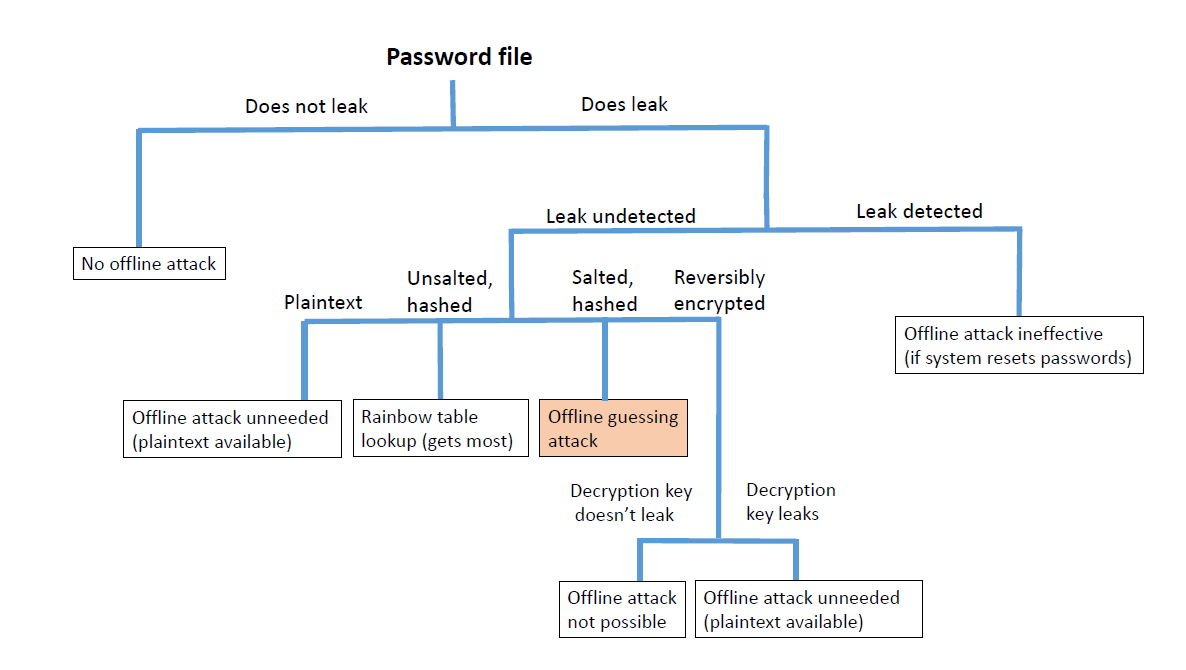
Because passwords are the most commonly used mechanism to authenticate users to an information system, obtaining passwords is a common and effective attack approach. Access to a person’s password can be obtained by looking around the person’s desk, ‘‘sniffing’’ the connection to the network to acquire unencrypted passwords, using social engineering, gaining access to a password database or outright guessing. The last approach can be done in either a random or systematic manner:
6. SQL injection attack
SQL injection has become a common issue with database-driven websites. It occurs when a malefactor executes a SQL query to the database via the input data from the client to server. SQL commands are inserted into data-plane input (for example, instead of the login or password) in order to run predefined SQL commands. A successful SQL injection exploit can read sensitive data from the database, modify (insert, update or delete) database data, execute administration operations (such as shutdown) on the database, recover the content of a given file, and, in some cases, issue commands to the operating system.
7. Cross-site scripting (XSS) attack
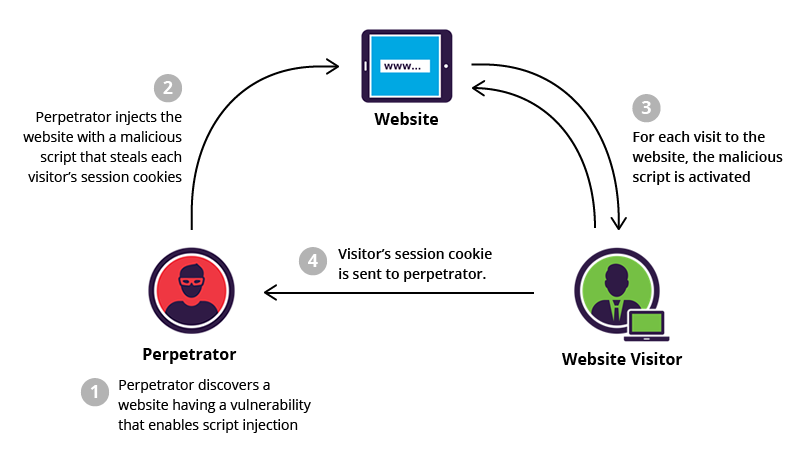
XSS attacks use third-party web resources to run scripts in the victim’s web browser or scriptable application. Specifically, the attacker injects a payload with malicious JavaScript into a website’s database. When the victim requests a page from the website, the website transmits the page, with the attacker’s payload as part of the HTML body, to the victim’s browser, which executes the malicious script. For example, it might send the victim’s cookie to the attacker’s server, and the attacker can extract it and use it for session hijacking. The most dangerous consequences occur when XSS is used to exploit additional vulnerabilities. These vulnerabilities can enable an attacker to not only steal cookies, but also log key strokes, capture screenshots, discover and collect network information, and remotely access and control the victim’s machine.
While XSS can be taken advantage of within VBScript, ActiveX and Flash, the most widely abused is JavaScript — primarily because JavaScript is supported widely on the web.
8. Eavesdropping attack

Eavesdropping attacks occur through the interception of network traffic. By eavesdropping, an attacker can obtain passwords, credit card numbers and other confidential information that a user might be sending over the network. Eavesdropping can be passive or active:
Detecting passive eavesdropping attacks is often more important than spotting active ones, since active attacks requires the attacker to gain knowledge of the friendly units by conducting passive eavesdropping before.
Data encryption is the best countermeasure for eavesdropping.
9. Birthday attack
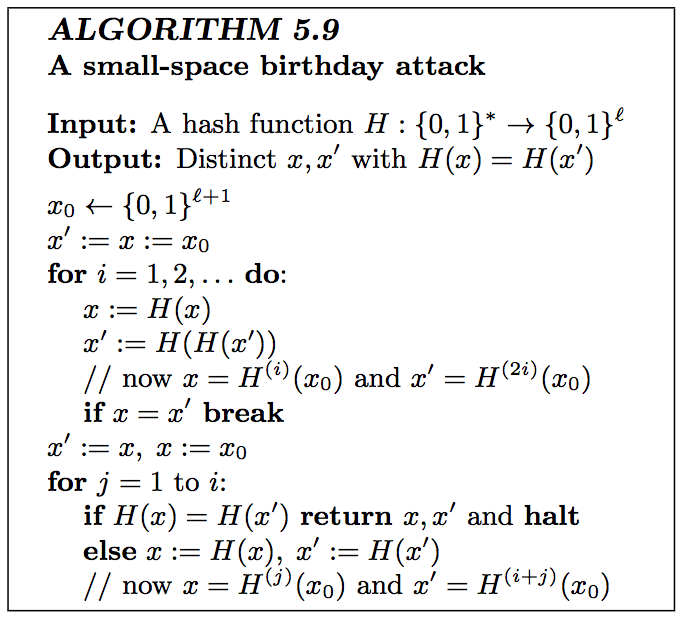
Birthday attacks are made against hash algorithms that are used to verify the integrity of a message, software or digital signature. A message processed by a hash function produces a message digest (MD) of fixed length, independent of the length of the input message; this MD uniquely characterizes the message. The birthday attack refers to the probability of finding two random messages that generate the same MD when processed by a hash function. If an attacker calculates same MD for his message as the user has, he can safely replace the user’s message with his, and the receiver will not be able to detect the replacement even if he compares MDs.
10. Malware attack
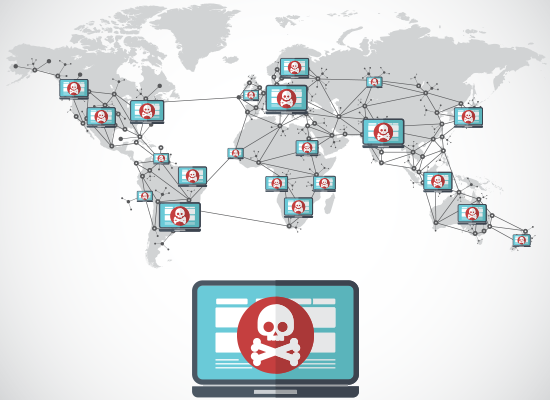
Malicious software can be described as unwanted software that is installed in your system without your consent. It can attach itself to legitimate code and propagate; it can lurk in useful applications or replicate itself across the Internet. Here are some of the most common types of malware: